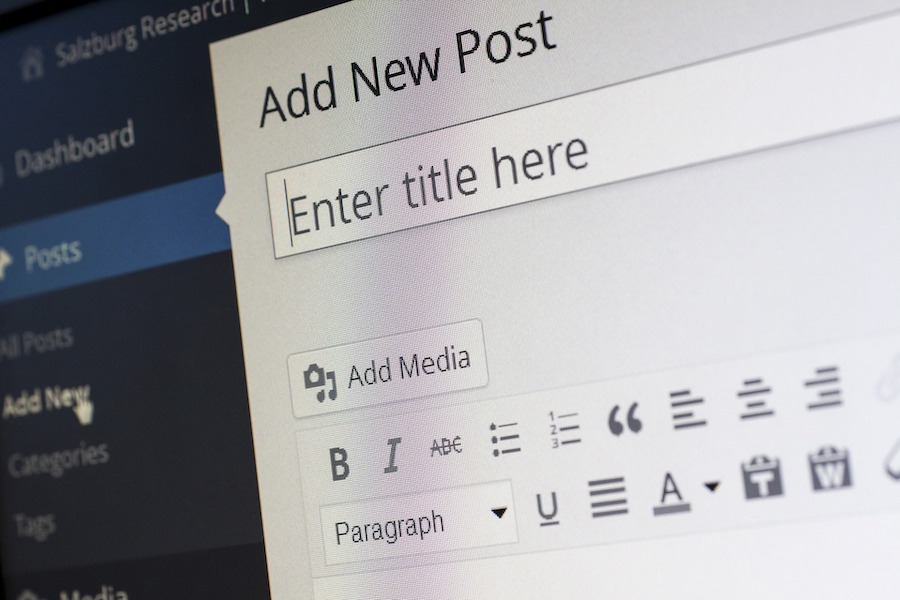In today’s digital age, social media has become an integral part of our daily lives. From staying connected with friends and family to sharing news and information, social media platforms provide a convenient and easy way to communicate and stay informed. However, as we share more and more personal information on these platforms, it’s important to understand the biggest risks and take steps to protect our privacy.
Sharing personal information on social media can have serious consequences, including loss of control over our information, targeting by advertisers, increased risk of identity theft and fraud, becoming susceptible to cyberbullying and online harassment, and what might be the biggest risk of sharing personal information on social media which is getting targeted by stalkers and predators.
In this article, we’ll explore the biggest risks of sharing personal information online and provide simple tips for protecting your privacy.
Disadvantages of Sharing Personal Information on Social Media
1. Loss of Control Over Personal Information

One of the biggest risks of sharing personal information on social media is the loss of control over that information. Once you post something online, it can be difficult to take back or control who has access to it. Even if you delete a post or account, your information may still be out there.
Personal information shared on social media, whether it’s publicly accessible or within a private group, can spread quickly and be seen by many people. Information can be shared by your friends and followers for others to see on the same platform or can be re-posted on other platforms, or downloaded and stored by other people or companies without your knowledge or consent. This means that it can be used for purposes other than what you intended, including being used for nefarious purposes.
This lack of control can be particularly concerning when it comes to sensitive topics like politics, religion, and/or personal beliefs; information that can be used to target users with specific ideologies or discriminate against them.
Additionally, many social media companies have faced criticism and legal action for their handling of user data, including selling it to third parties without consent. This can further erode your control over your personal information, increase the risk of it being used in ways you may not have agreed to, and leave you vulnerable to exploitation.
It’s important to remember that once posted online, there’s no guarantee that this type of content won’t spread beyond its intended audience—which makes exercising caution before posting especially important.
Mother’s Day is Nearly Here!
Looking for gift inspirations? Check out these Best Sellers
2. Targeting by Advertisers
Another disadvantage of sharing personal information on social media is the potential for advertisers and data miners to use that information to target you with ads and other marketing materials. Many social media platforms rely on targeted advertising as their primary source of revenue, and they often collect and store the information you share on their platforms, including your name, age, location, interests, and activities, to create a profile of you that they can then use to target ads.
This means that the more information you share on social media, the easier it is for advertisers and data miners to create a more detailed profile of you and target you with ads that are tailored to your interests. While this can be convenient in some cases, as it may provide you with more relevant ads, it can also be intrusive.
3. Increased Risk of Identity Theft and Fraud
One of the biggest risks of sharing personal information on social media is becoming susceptible to identity theft and fraud.
Personal information shared on social media can be a goldmine for hackers and scammers looking to commit fraud. Hackers can use the information you share to try to gain access to your accounts or steal your identity. Some common tactics include:
- Impersonation: Hackers can use your personal information, such as your name, address, phone number, and date of birth to try to convince a bank or credit card company that they are you. This can allow them to gain access to your financial accounts and steal your money, or take out a loan in your name and leave you with debt.
- Phishing scams: Hackers can use the information you share to send you emails or messages designed to look like they’re from a legitimate website or company. These messages often contain a prompt asking you to enter your username and password giving the hackers access to your login credentials.
- Malware: Hackers can also use the information you share to send malware (malicious software) such as viruses or spyware disguised as links or attachments in emails or messages. When you open the attachment or click on the link, the malware can be installed on your device without your knowledge, giving the hacker access to your personal information.
Identity theft is a serious problem, and it can take a long time and a lot of effort to recover from it. It’s important to be cautious about what information you share on social media and to use strong, unique passwords for each of your accounts to help protect yourself against these types of threats, and use a reputable password manager to help you organize and keep your passwords and your online activities safe.
You can also read more about why you should not give out your cell phone number too freely and the steps you can take to avoid privacy issues associated with sharing your mobile number in this article.
4. Cyberbullying and Online Harassment
Cyberbullying and online harassment are two of the serious consequences of sharing personal information online. Cyberbullying is the use of technology to harass, threaten, embarrass or target another person, and it can be as damaging as any form of traditional bullying.
Sharing too much personal information on social media can make you an easy target for cyberbullies and other malicious actors who can use that information to target you in different ways. This can include sending threatening or abusive messages, spreading rumors or false information about you, or sharing embarrassing or private information or images without your consent.
Cyberbullying and online harassment can have devastating consequences, including emotional distress, anxiety, depression, and in some cases, even suicide. It is not only harmful to your mental health but may also impact your reputation and relationships with others around you, and may even result in legal consequences.
5. Targeting by Stalkers and Predators
Lastly, one of the serious disadvantages of sharing personal information online is the possibility of being targeted by stalkers or predators. These individuals use the internet to find potential victims, often targeting those they believe they can manipulate or who are vulnerable in some way. They may search through social media platforms looking for personal information that can help them identify and contact their targets. This can include information about their victims’ location, personal details, or even information about their daily activities or routines.
Once they have identified a potential victim, they may use the information to track their movements online or even in real life. They may also use the information to threaten, harass or manipulate their victims into doing something against their will, or even attempt to meet with them in person. Stalking and predatory behavior can have serious consequences, including physical harm.
How to Protect Your Personal Information on Social Media
Here are 5 simple tips for how to protect your personal information when using social media:
- Be selective about what you share and with whom:
The first tip for protecting your personal information on social media is to be aware and selective about what you share and with whom your share it. This means not sharing sensitive or private information, such as financial details or personal beliefs. It’s also a good idea to think carefully about the information you share publicly, as it can be seen by anyone and may be used in ways you may not have intended.
- Use strong, unique passwords for each account:
One of the most effective ways to protect your personal information on social media is to use strong, unique passwords for each of your accounts. This can help prevent hackers and other cybercriminals from accessing your accounts and stealing your personal information. It’s important to use passwords that are difficult to guess and that are not used on any other platforms or accounts. A password manager can be a useful tool for generating and storing strong, unique passwords for all of your accounts.
Read my article where I share my experience and thoughts comparing the two most popular passwords managers, or you can read our full free guide on what makes a strong password and how to create a password that’s unique, strong, difficult to crack and easy to remember!
- Enable two-factor authentication:
Another way to protect your personal information on social media is to enable two-factor authentication (2FA) on your accounts. 2FA helps reinforce the security of your accounts by requiring you to enter a code (usually sent to your phone or email) in addition to your password when logging in. This extra layer of protection works as a second barrier, blocking hackers from getting access even if they know your credentials. Many social media platforms offer 2FA as an option, and it’s a good idea to enable it on all of your accounts to help protect your personal information.
- Use privacy settings to control who can see your information:
Social media platforms often offer privacy settings that allow you to control who can see your information. These settings can be useful tools for protecting your personal information. It’s a good idea to review your privacy settings regularly and adjust them as needed to ensure that you are comfortable with who has access to your information.
Common privacy settings on social media include:
- Friend/follower privacy: This setting allows you to control who can see your posts and other information on your profile. You can choose to make your posts public (visible to anyone), visible only to your friends or followers, or visible only to a specific group of people.
- Location privacy: This setting allows you to control who can see your location information. You can choose to make your location visible to everyone, visible only to your friends or followers, or not visible at all.
- Search privacy: Some social media platforms allow you to control whether or not you appear in search results. This setting can be useful for protecting your personal information and your privacy, especially if you are concerned about being found by strangers.
- Use caution when clicking on links or downloading attachments:
Finally, it’s important to use caution when clicking on links or downloading attachments on social media. These may contain malware or other threats to your personal information. It’s a good idea to be cautious and verify the authenticity of any links or attachments before clicking on them.
Conclusion
Sharing personal life on social media can have serious consequences, and in some cases can have a serious impact on your mental health, your physical safety, your financial security, and your relationships. It’s important to be aware of these risks and take steps to protect your personal information online especially as social media continues to play a central role in our lives. By following these tips and using common sense, you can make sure your time on social media is safe and enjoyable.



